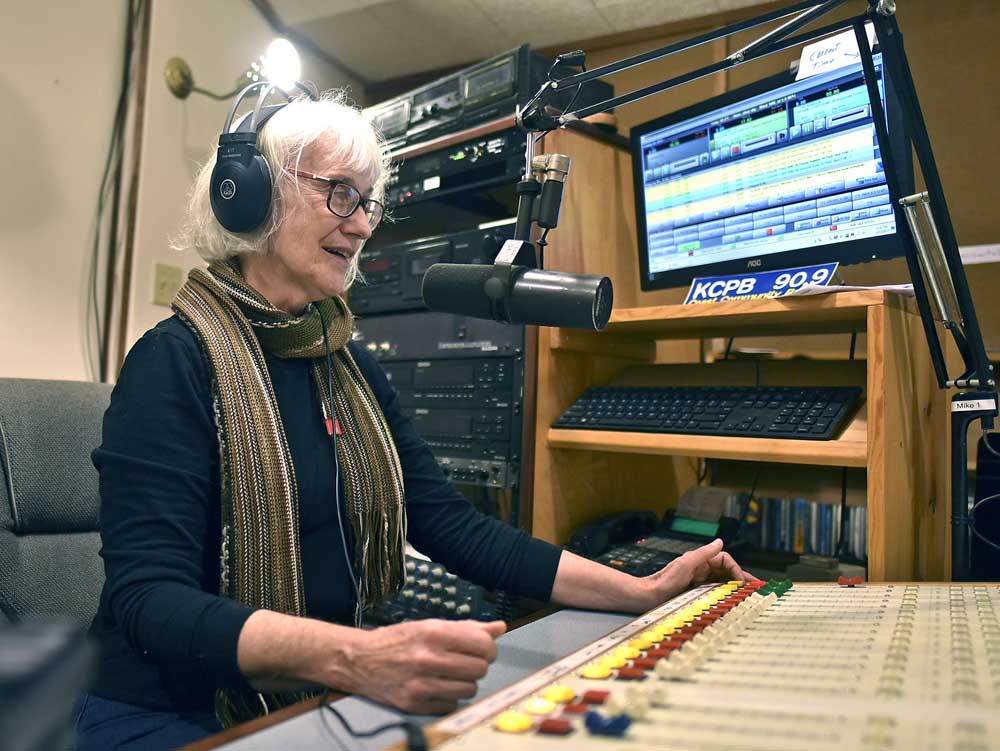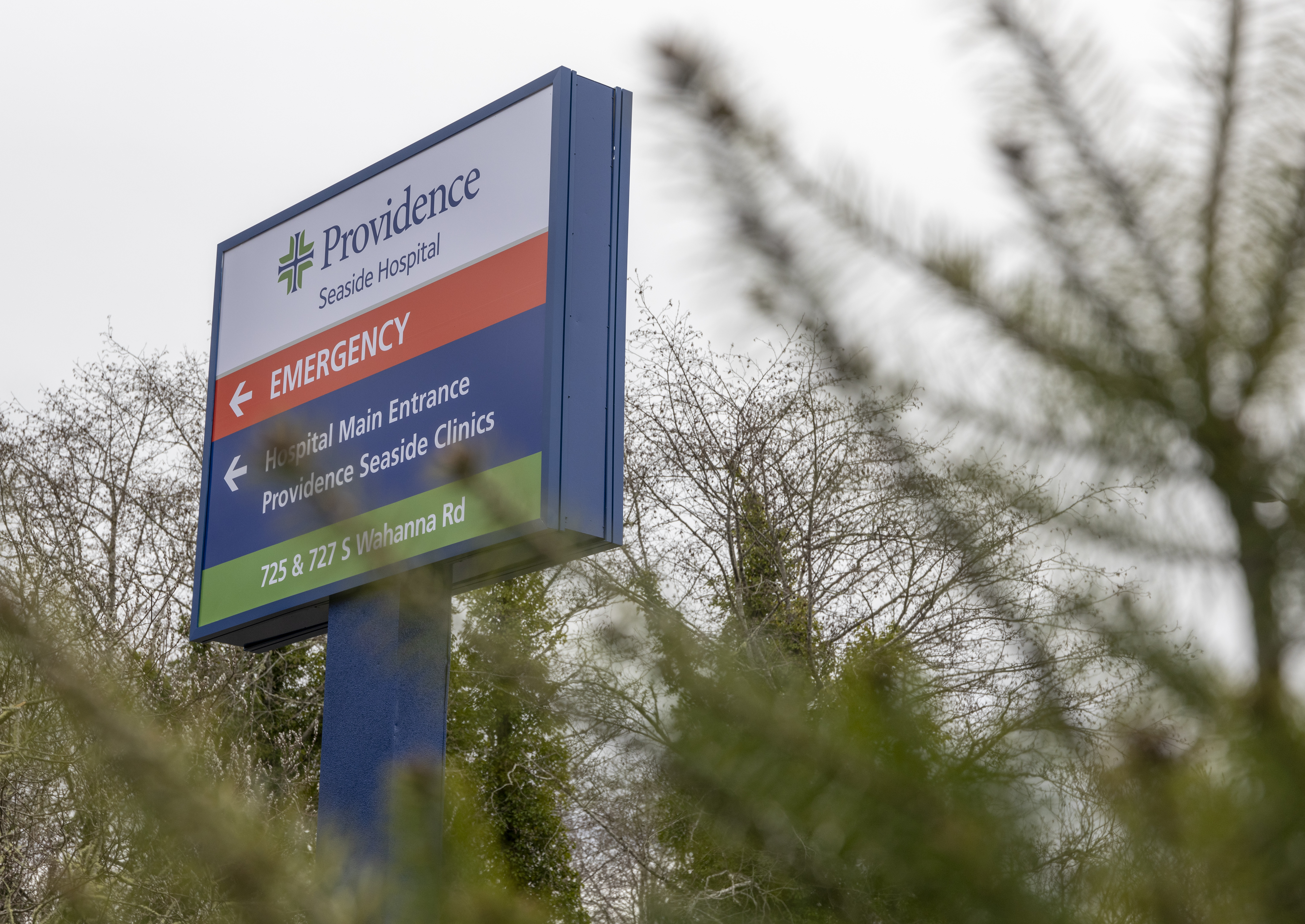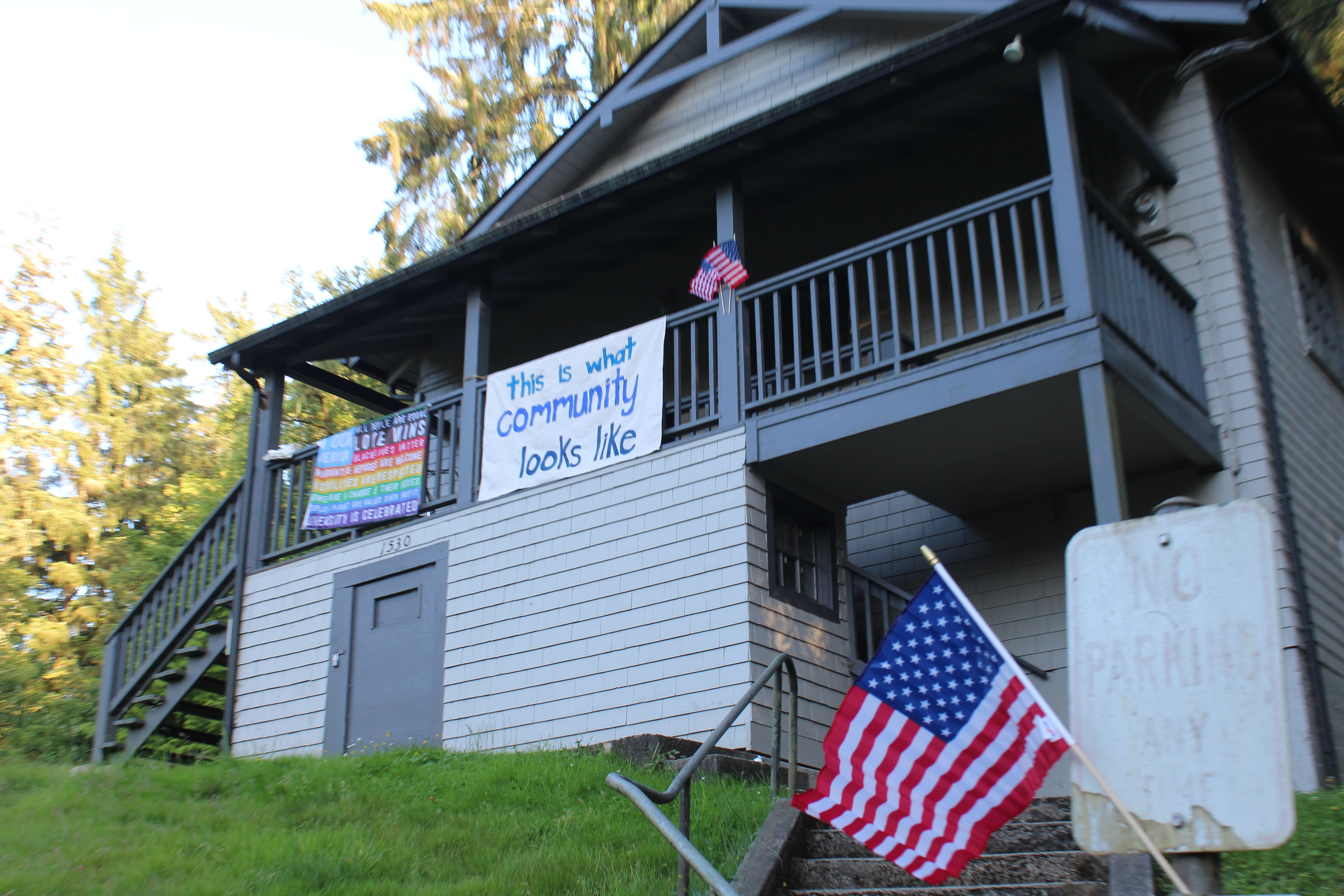D.B. Cooper letter may reveal skyjacker’s identity
Published 3:55 am Thursday, June 28, 2018

- Rick Sherwood during the Vietnam War. Robert Rackstraw briefly served under him.
D.B. Cooper, the mysterious outlaw who seized a commercial flight from Portland to Seattle in 1971 and ransomed $200,000, may have revealed his true identity, in military code, in a letter an investigative team believes came from the skyjacker.
Trending
The letter — an unpublished note to The Oregonian dated March 28, 1972 — recently came to light through a Freedom of Information Act request filed by Thomas Colbert, a private sleuth whose quest to find the criminal took him to the North Coast and became the subject of a History documentary.
Colbert claims the letter, part of a larger FOIA document dump, proves that his No. 1 Cooper candidate — Robert Wesley Rackstraw, an Army paratrooper and ex-convict now living in the San Diego area — is the infamous airborne bandit. Rackstraw was once a person of interest to the FBI before the bureau cleared him.
In the typed, two-paragraph letter, allegedly written from the Bahamas to “let you know I am not dead but really alive,” the writer repeats a couple of odd phrases, their final iterations appearing in the sentences:
Trending
“I want out of the system and saw a way through good ole Unk,” (that is, Uncle Sam); and “And please tell the lackey cops D.B. Cooper is not my real name.”
Rick Sherwood, a member of Colbert’s investigative team and an Army Security Agency veteran who briefly supervised Rackstraw in Vietnam, had a theory: Perhaps the repetition signaled Army “code-speak,” used by the military to locate enemy troops during the war.
The decoded results: “through good ole Unk” becomes “by skyjacking a jet plane” — and “And please tell the lackey cops” becomes “I am 1st Lt. Robert Rackstraw.”
When Colbert asked his “cold case” team to review Sherwood’s work, “They said, ‘Uh, this is a confession.’”
“It’s stunning,” Colbert said. “I mean, he not only admits he’s Cooper, he says he did it.”
Sherwood explained the code-breaking process, which is copyrighted, to The Daily Astorian off the record. His results were checked by another member of Colbert’s team, retired Lt. Col. Ken Overturf, using an old Army code book.
Earlier this year, Sherwood deciphered codes from a court-released D.B. Cooper letter sent to the Seattle Times, New York Times, Los Angeles Times and Washington Post. On each carbon copy — three of which were scooped up by the FBI before they were printed — was a series of numbers and alphabetical letters. It’s the same code used in the new Oregonian letter.
When decrypted, the characters point to the three military units Rackstraw served in, two of them top secret until the 1980s. He is the only man known to have served in all three units, a fact Colbert called “the smoking gun.”
Overturf said in an email: “I do not believe that anyone else could possibly fit the profile of these three units.”
Because using the code would require someone with knowledge of the coding process, and the intellect to apply them in the D.B. Cooper letters, “the investigative path again leads directly back to Rackstraw,” he wrote.
Rackstraw could not immediately be reached for comment.
Colbert argues that, in the months leading up to the hijacking, Rackstraw passed through the Astoria area under the alias “Norman de Winter,” claiming to be a moneyed Swiss baron. The bizarre episode remains part of the collective memory of people who lived on the North Coast at the time.
De Winter got friendly with townsfolk, took their food and money, promised them a free trip to his lodge in Switzerland for the Christmas holiday — and suddenly vanished. A short time later, de Winter allegedly resurfaced in Corvallis.
Then, on Nov. 24, 1971, a dark-suited, cigarette-smoking man wearing sunglasses and using the name “Dan Cooper” (misreported as “D.B. Cooper”) boarded a Northwest Orient flight from Portland to Seattle. He told the stewardess his briefcase contained a bomb, and demanded cash and some parachutes after the passengers deplaned at their destination.
He ordered the crew to fly him to Mexico and, somewhere over the Oregon-Washington state border, he skydived into the dark wilderness, the money fastened to his body. He was never caught, and the identity of the thief has been a source of relentless, often far-fetched speculation. The incident remains the only unsolved skyjacking in U.S. history.
When the de Winter/Rackstraw/Cooper connection came up, some people wondered whether the Astoria visitor’s name is a nod to Dick Winters, the parachuting hero of World War II’s Normandy invasion. No photo of de Winter has been found.
Rackstraw is one of many names offered up over the years from the “Cooperite” community. Joseph Lakich and Walter Reca, military veterans who both died in recent years, are among the latest Cooper contenders.
Colbert, the author of “The Last Master Outlaw,” has been building a cumulative case for Rackstraw’s guilt over several years. He accuses the FBI, which closed the D.B. Cooper case in 2016, of ignoring his evidence. The agency announced it will not accept new evidence except the stolen money or parachute.
In the past, Rackstraw has shrugged off the idea that he’s Cooper, though he has repeatedly hinted in interviews with journalists that he could be the man after all. He has dismissed and disparaged Colbert’s work.
With this latest revelation, however, Sherwood imagines Rackstraw’s evasions will become harder to sustain.
“If I was Robert Rackstraw, I’d be extremely nervous,” Sherwood said.









